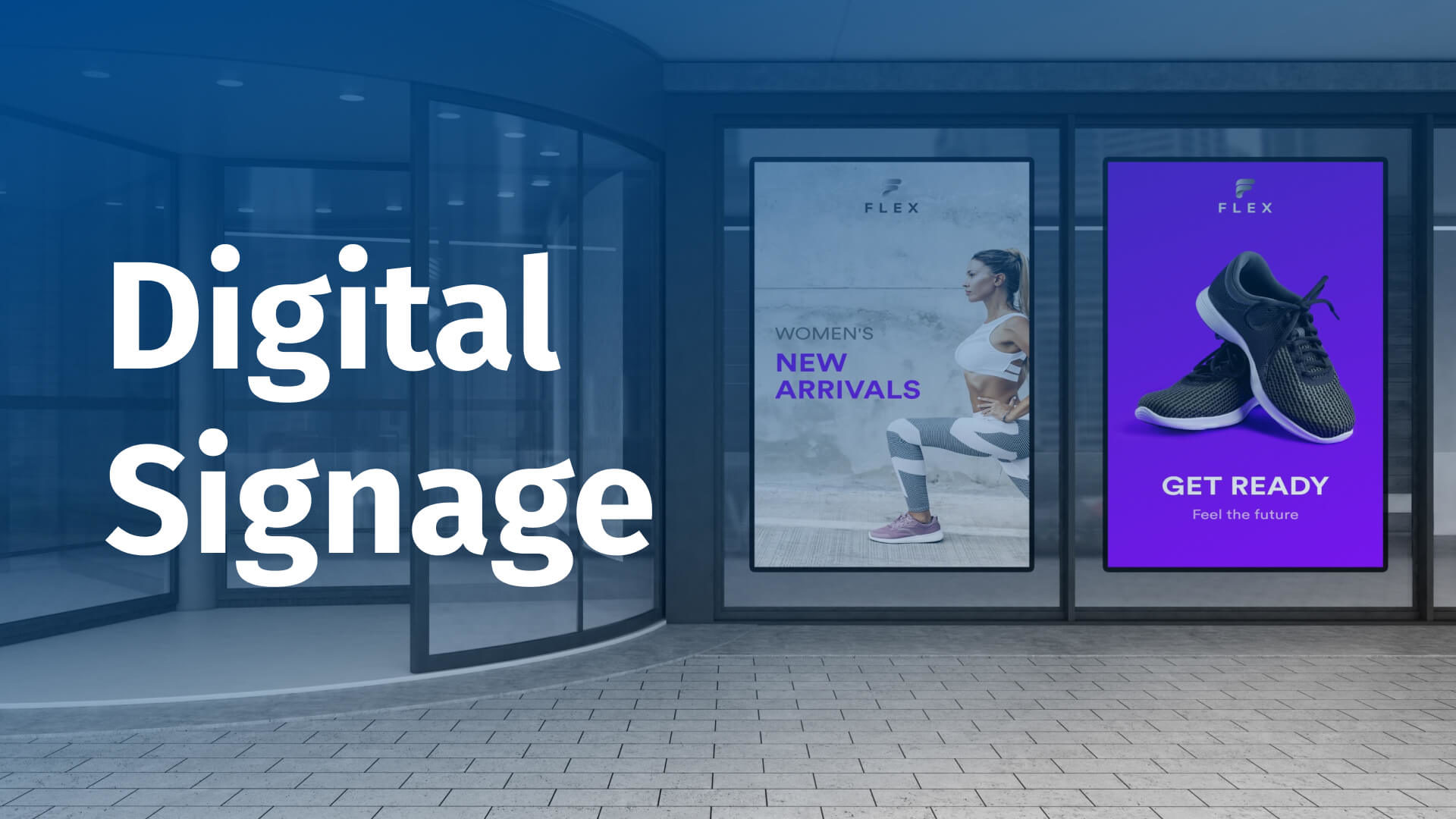Embracing Digital Signage: The Future of Dynamic Communication

In our fast-paced, digitally-driven world, the traditional methods of displaying information and advertising are rapidly evolving. Enter digital signage: a dynamic and versatile solution that has revolutionized the way businesses, educational institutions, and public spaces communicate with their audiences. This powerful tool has become an essential element in modern marketing and information dissemination strategies. Let’s dive into the world of digital signage and explore its impact, benefits, and applications.
What is Digital Signage?
Digital signage refers to digital displays used to broadcast information, advertisements, entertainment, and more. These can range from small interactive kiosks to massive billboards, encompassing LED and LCD screens, video walls, and digital projections. Unlike traditional static signs, digital signage offers the flexibility of changing content in real-time, tailored to the audience and context.
Key Benefits of Digital Signage
1. Engaging and Eye-Catching Displays
- Dynamic Content: Moving images, videos, and animated graphics grab attention more effectively than static posters or signs.
- High-Quality Visuals: Modern digital screens offer high-resolution displays, making content more vibrant and appealing.
2. Real-Time Content Updates
- Instant Modifications: Change and update content in real-time, allowing for timely and relevant communication.
- Scheduling Flexibility: Schedule different content for different times of the day or for specific audience demographics.
3. Cost-Effectiveness and Eco-Friendliness
- Reduced Print Costs: Digital signage eliminates the recurring costs of printing and distributing physical materials.
- Environmentally Friendly: Less reliance on paper-based materials contributes to a greener, more sustainable approach to communication.
4. Interactive Opportunities
- Engage with Audience: Interactive kiosks and touch screens invite the audience to engage directly, offering a more personalized experience.
- Data Collection: Interactive digital signs can also gather valuable data and insights about user preferences and behaviors.
Applications of Digital Signage
Retail
- Enhance the shopping experience with dynamic product displays, promotions, and interactive catalogs.
Restaurants and Hospitality
- Digital menus and boards can display rotating specials, nutritional information, and vivid imagery of dishes.
Corporate and Office Environments
- Use digital signage for internal communication, displaying company news, performance metrics, and welcome messages in lobbies.
Education
- In schools and universities, digital signs can display schedules, event announcements, and educational content.
Healthcare
- Hospitals and clinics use digital signage for wayfinding, patient check-in information, and health tips.
Public Transportation
- Airports, train stations, and bus terminals utilize digital signage for schedules, alerts, and advertisements.
Conclusion
Digital signage has emerged as a powerful tool in our visually-oriented world. Its ability to present vibrant, engaging, and timely content makes it an invaluable asset across various industries. As technology continues to advance, we can expect digital signage to become even more interactive, personalized, and integrated into our daily lives. For businesses and public spaces alike, tapping into the potential of digital signage is not just about staying current; it's about engaging with audiences in a more meaningful and effective way.



